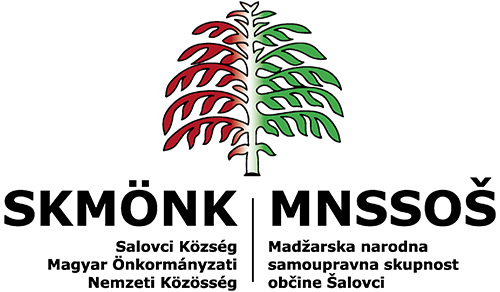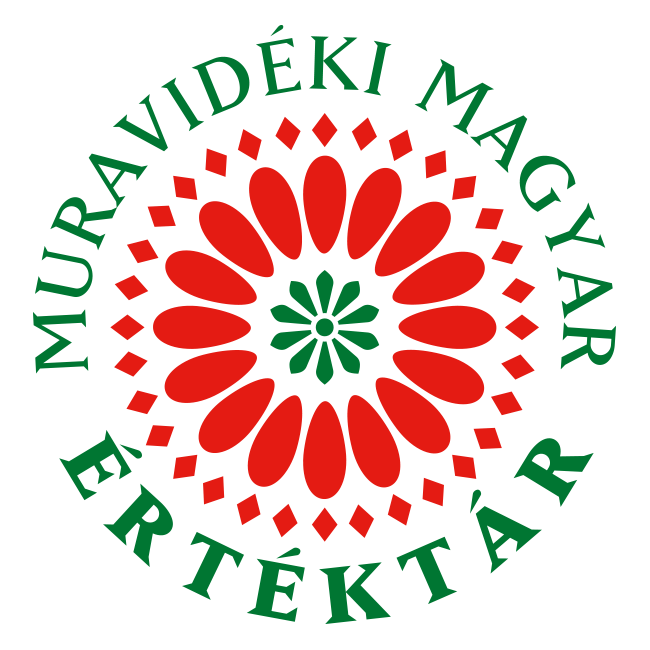 Beliefs and Customs on Saint George's Day
Beliefs and Customs on Saint George's Day
Workshop: “Paper-made Wonders”

Dear Kids, Teens and Adults,
Another workshop is awaiting us…
You probably know that we can make beautiful figurines and forms out of paper. If you are nimble-fingered or would like to try out something new, then this is the opportunity for you.
Watch the video below, quickly find a sheet of paper and let your imagination run free… Be creative!
Send us a photograph of your creations to the following email: muravidekre@gmail.com.
Submission deadline: 7th of November
Do You Know the History of Origami?
Actually, there is not much known about the origins and emergence of origami but it is commonly acknowledged that paper was invented in China around 105 A.D. The first origami figurines presumably originate from Ancient China, from about 200 years after the invention of paper. Centuries later, in the Heian Period (794–1185) the knowledge of this art form reached Japan as well, though the term origami only emerged later, in the 19th century.
The art of origami first spread only in upper class circles due to the fact that paper was a very valuable commodity at the time, so only a small number of people could afford to buy it. When the production of paper got easier and cheaper, it was able to reach a wider audience. The paper figurines used to play a religious and ceremonial role but not anymore since, nowadays, it is rather considered to be a source of entertainment and a pleasant pastime.
In Japan, people believed that after folding one thousand paper cranes, a wish may be granted by the gods. In 1943, a Japanese girl named Sadako Sasaki was born in the city of Hiroshima. During her childhood, she was diagnosed with leukaemia – a common diagnosis found in survivors of the atomic bombing. Sadako believed she would be cured if she folded a thousand cranes. Unfortunately, her goal remained unreached as she died at the age of only 12. As a result, the crane became a symbol of the resistance against nuclear war. Ever since, at the monument dedicated to this little girl, people have placed paper origami figurines thus paying respect to both the girl and all the other victims of the nuclear bombing.





















